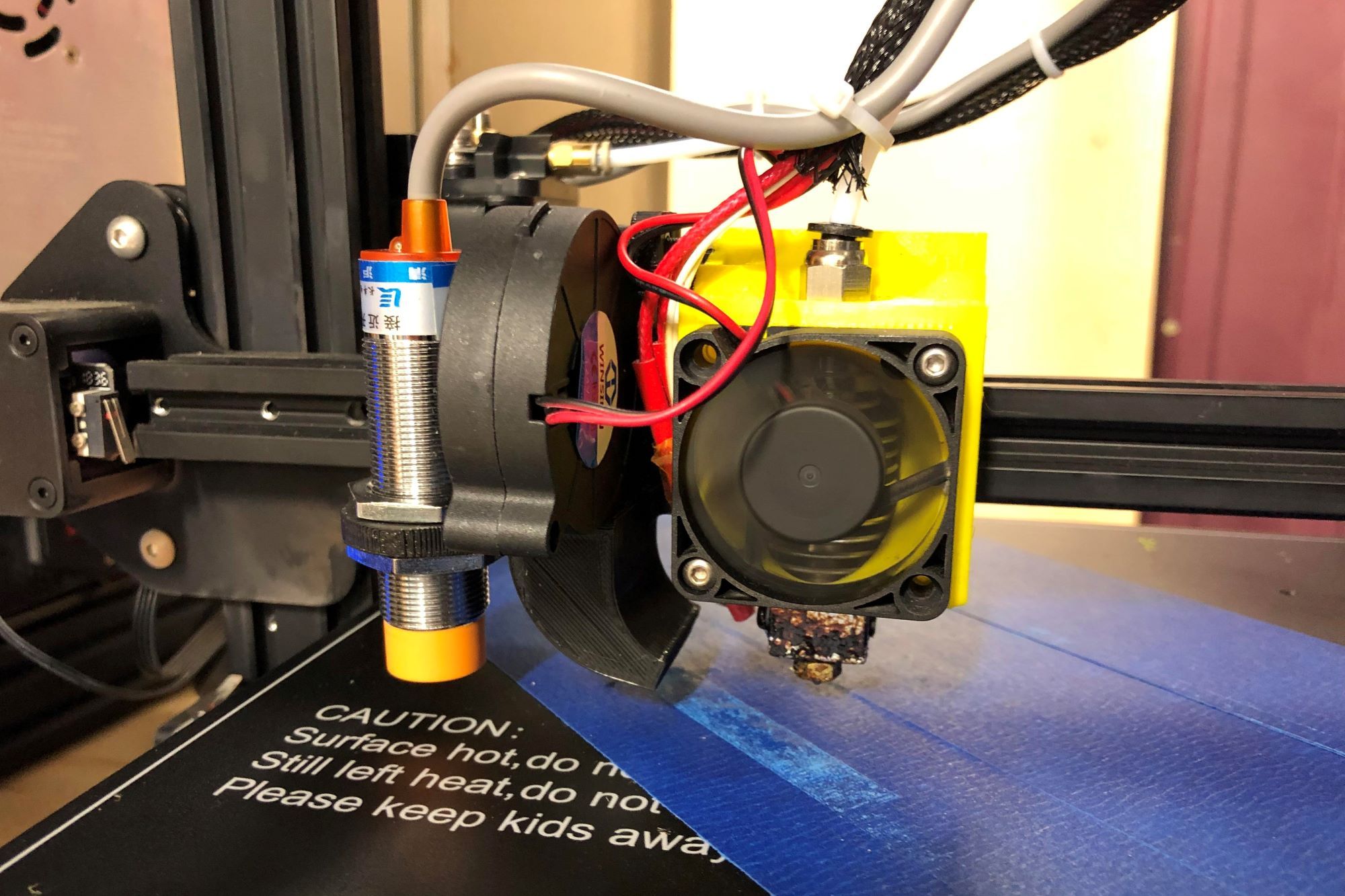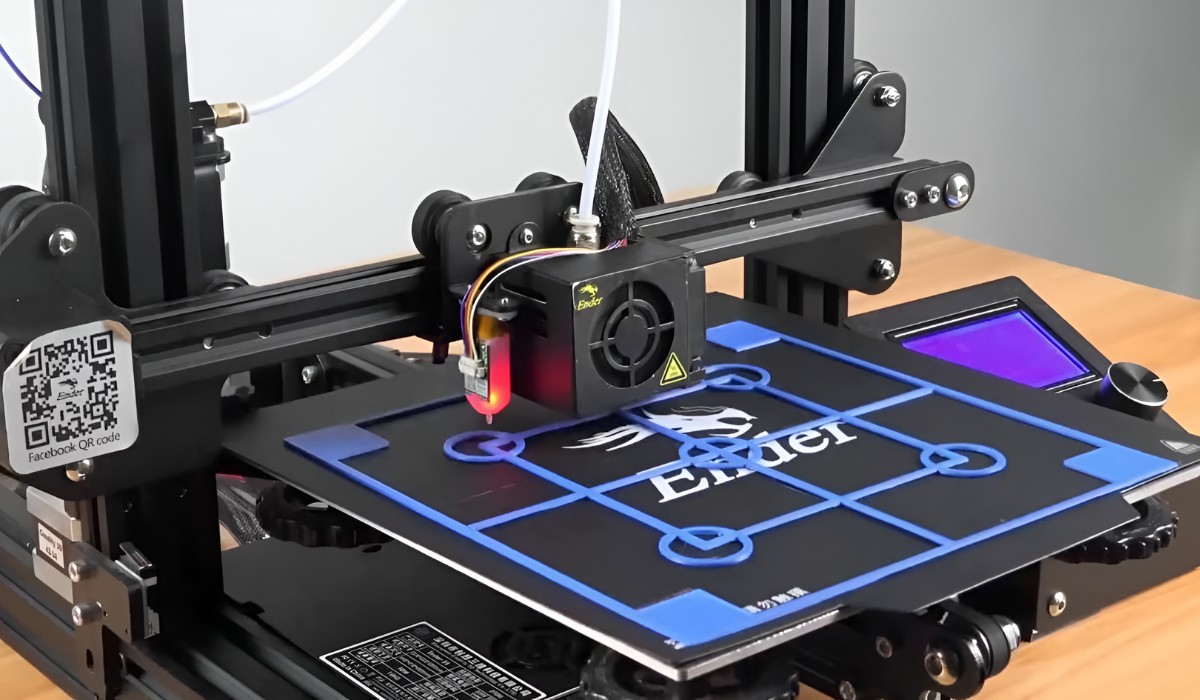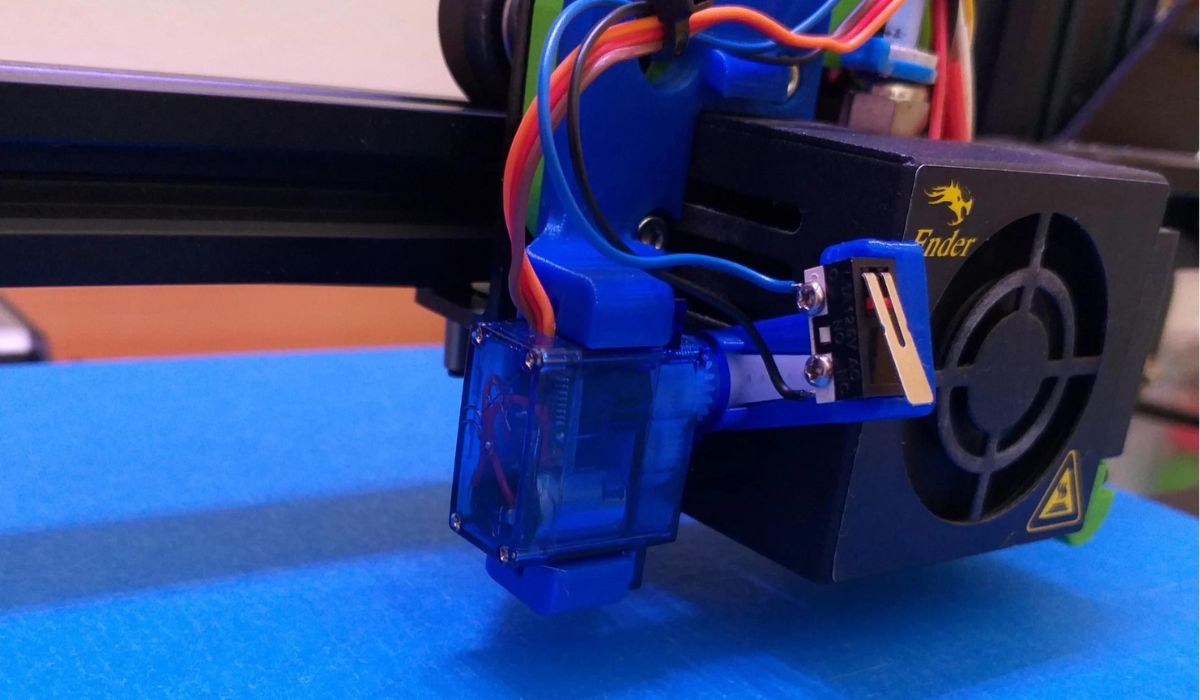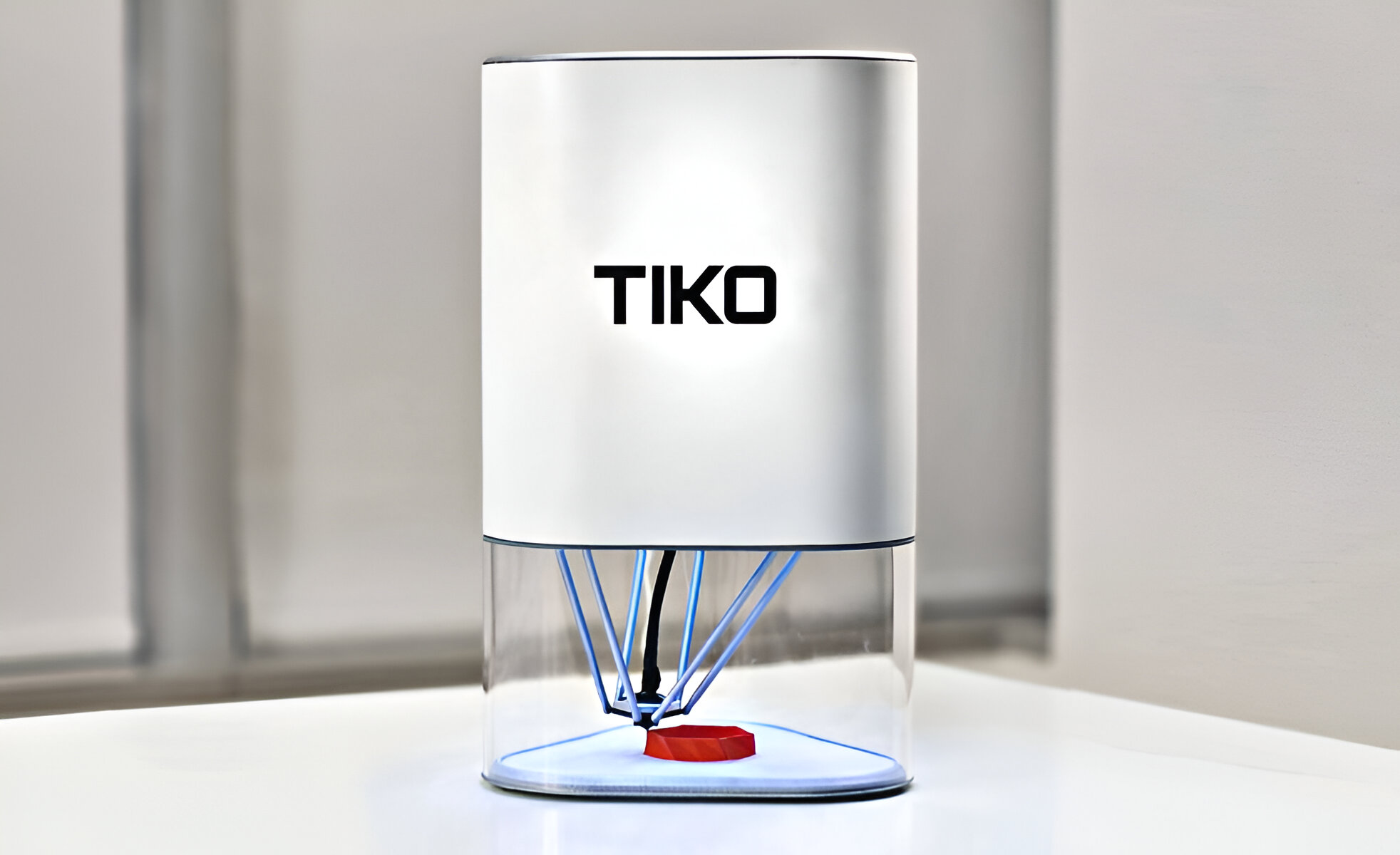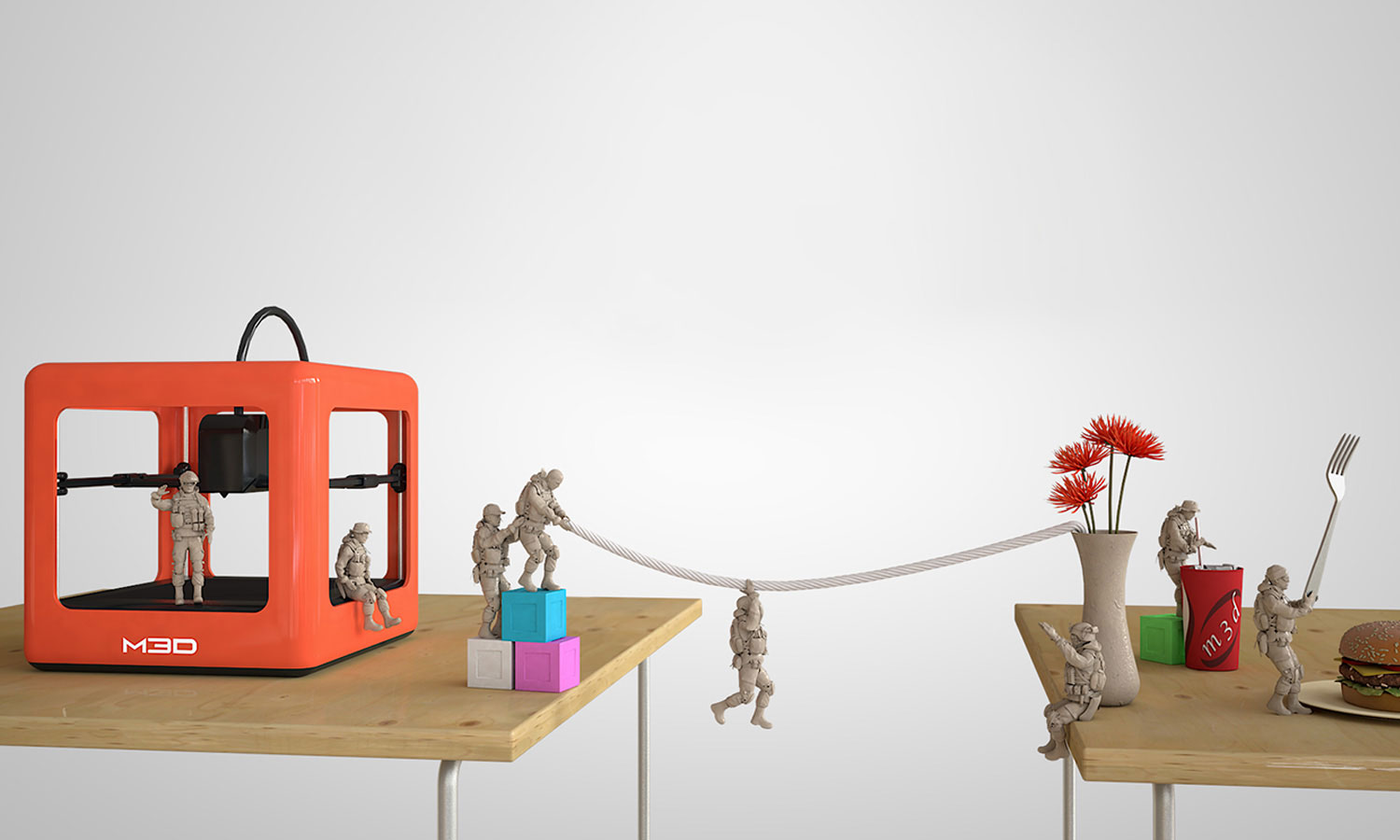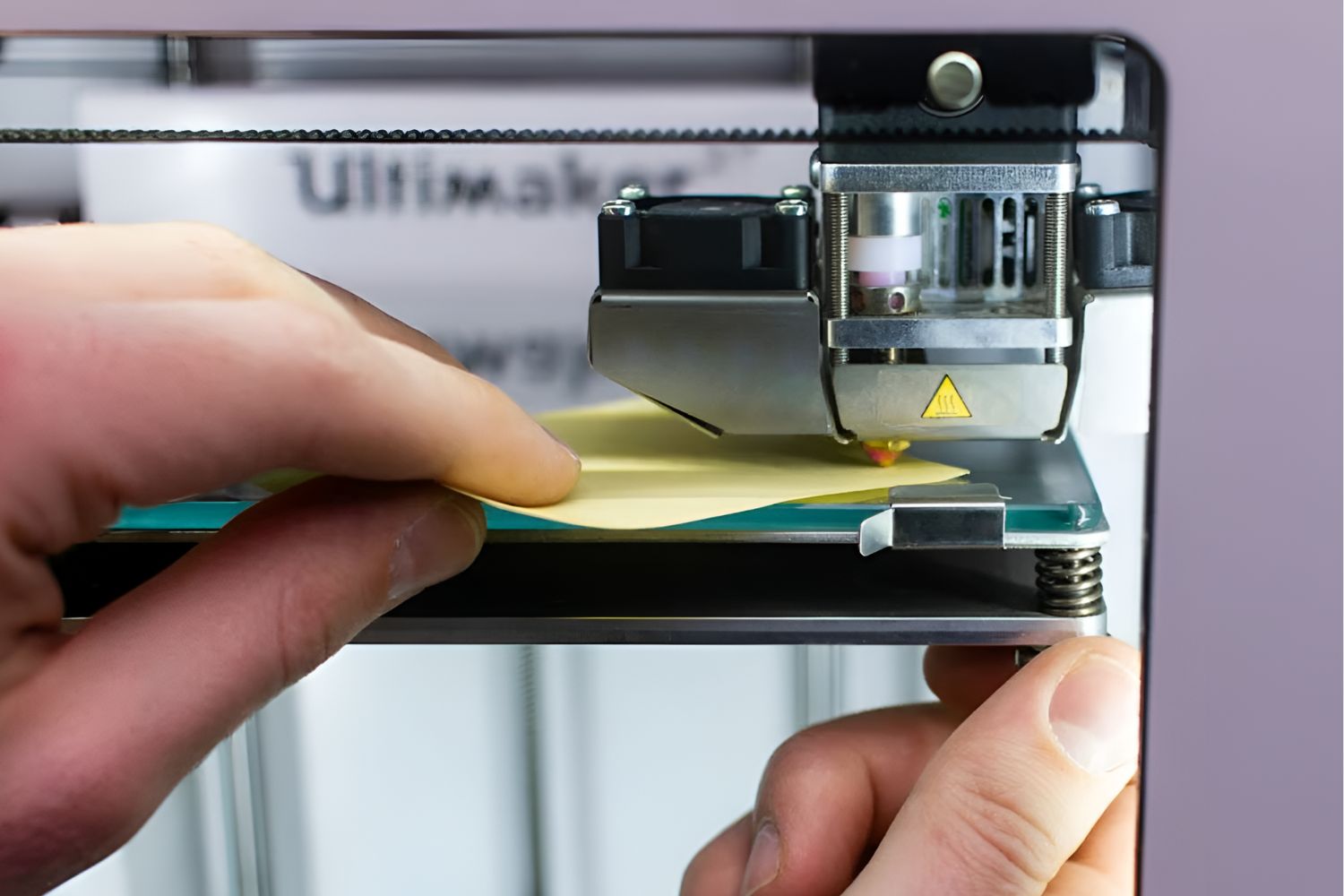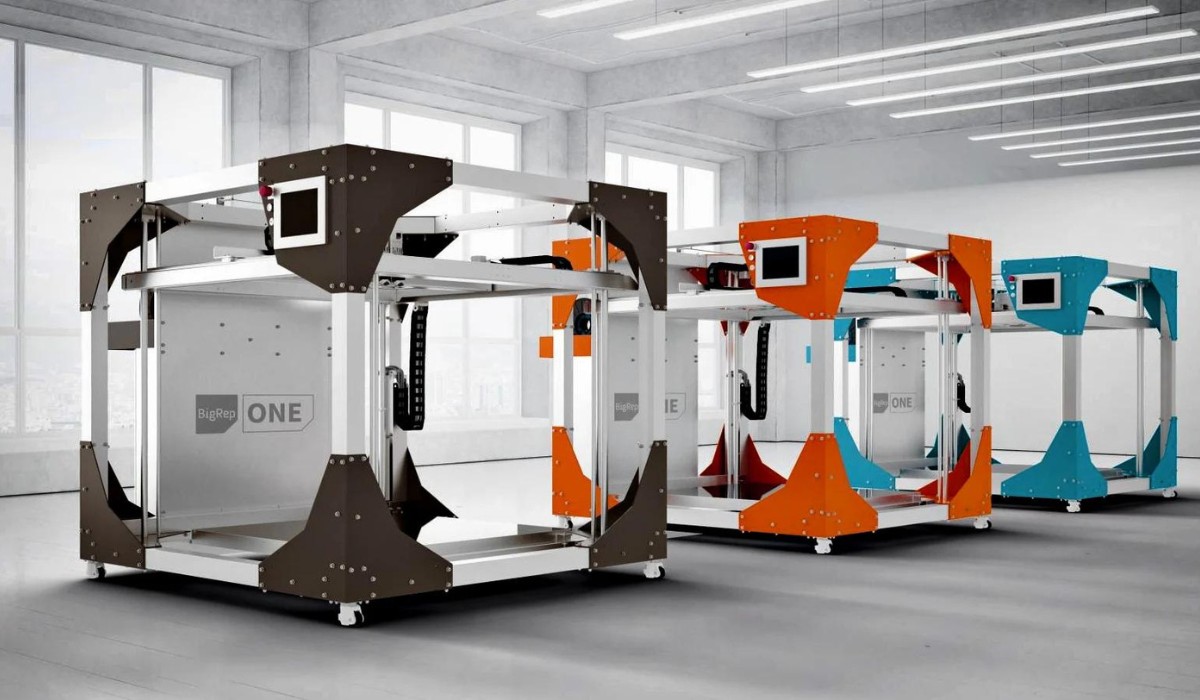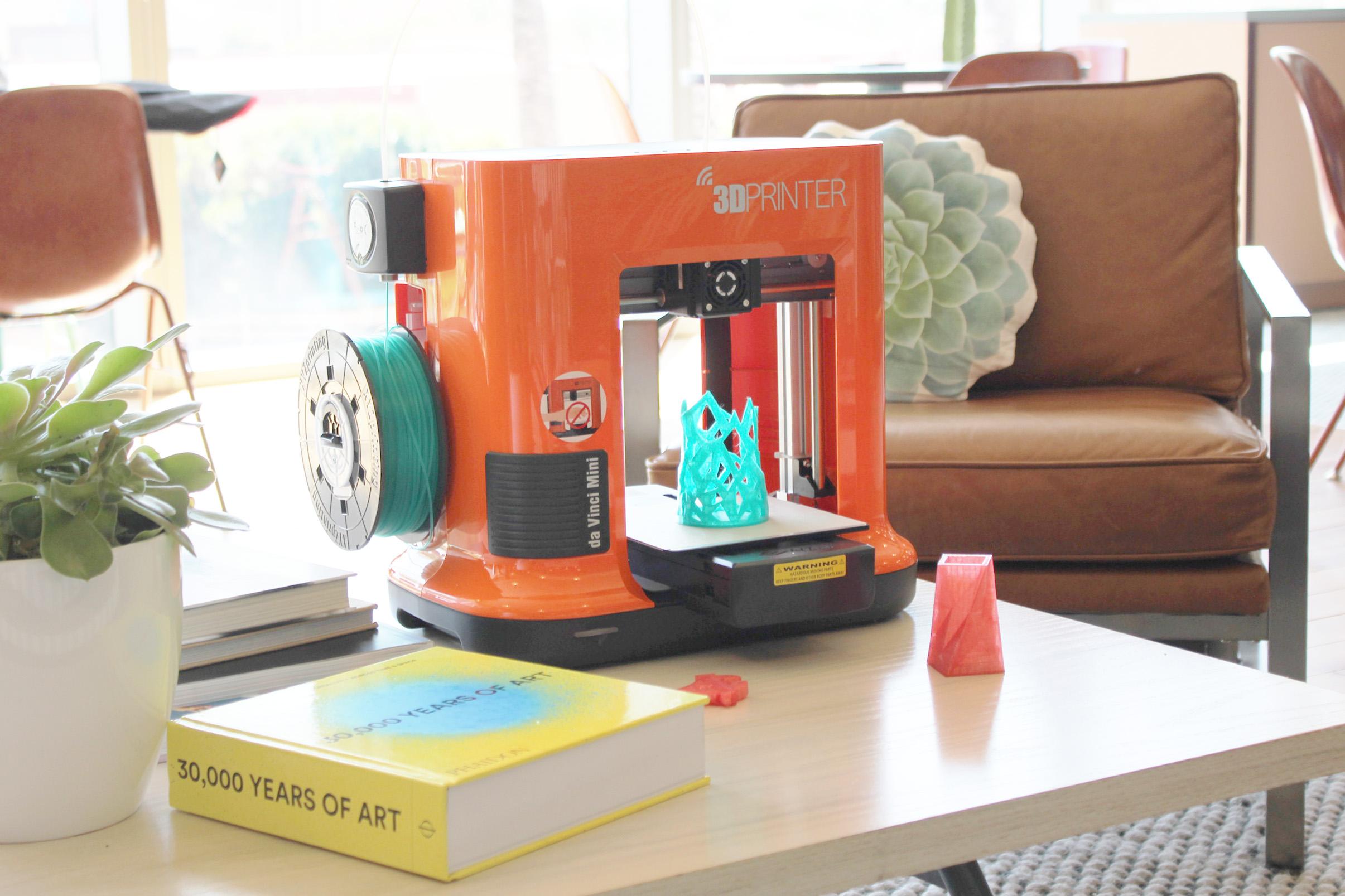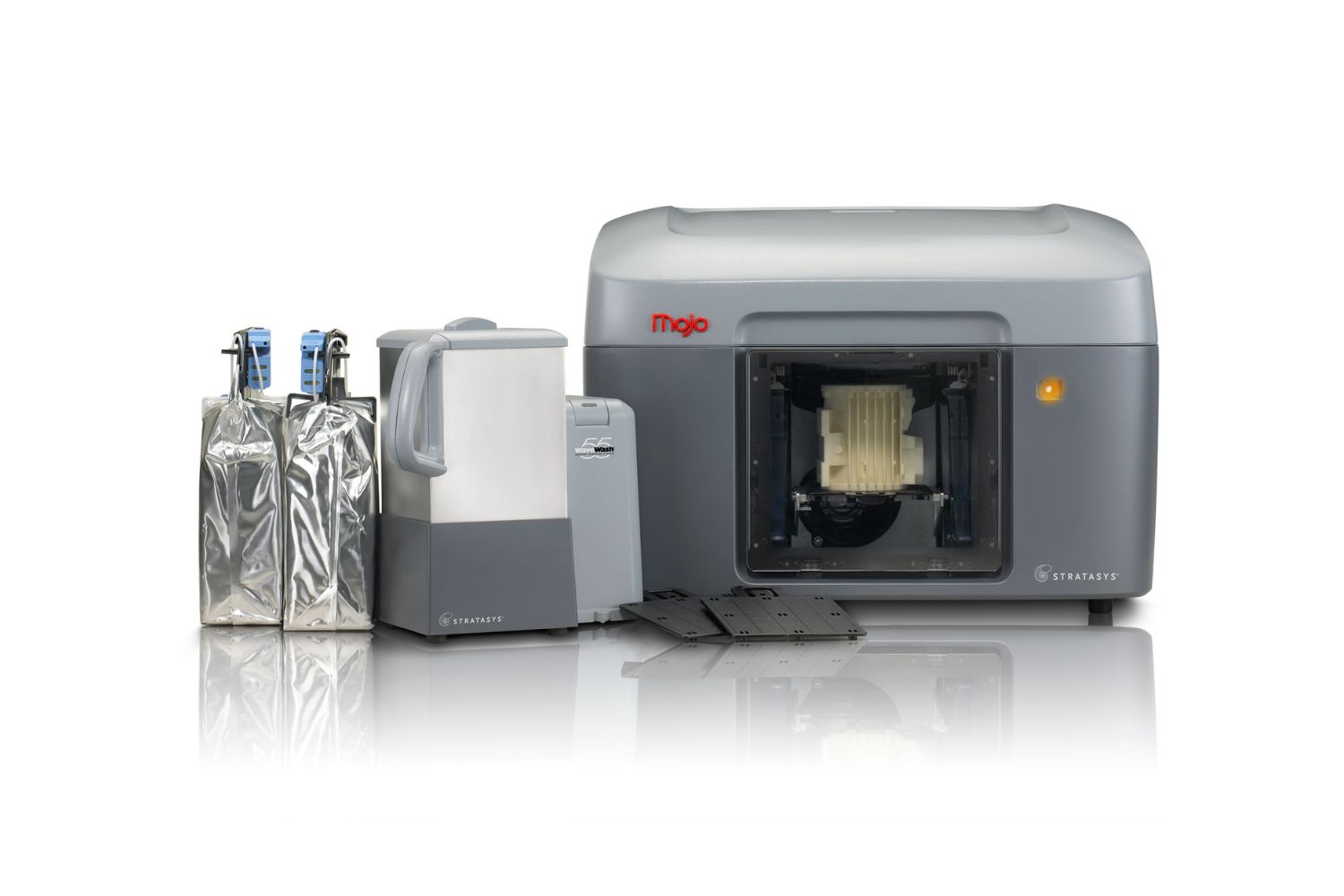Introduction
Welcome to the world of 3D printing, where imagination takes shape! When it comes to 3D printing, precision is essential to achieve high-quality prints. One critical factor that affects the print quality is the bed leveling. A leveled bed ensures that the printing surface is perfectly parallel to the printer’s nozzle, allowing for accurate filament deposition.
Manual bed leveling can be a time-consuming and fiddly process, requiring constant adjustments to ensure an even surface. However, thanks to advancements in technology, many 3D printers now come equipped with auto leveling systems, which simplify and streamline the bed leveling process.
In this article, we will explore how auto leveling works on a 3D printer, its importance for successful prints, various types of auto leveling systems available, and tips for using them effectively.
So, if you’ve ever struggled with bed leveling or are curious about the magic behind auto leveling, read on to discover how this innovative technology can take your 3D printing experience to the next level!
What is Auto Leveling?
Auto leveling, also known as automatic bed leveling or auto bed compensation, is a feature found in many modern 3D printers. It is a mechanism that enables the printer to automatically adjust the height of the print bed, compensating for any inconsistencies or unevenness.
Traditionally, bed leveling involves manually adjusting the screws or knobs on the printer’s bed to ensure that it is perfectly level. This process requires trial and error, as well as a keen eye to determine whether the bed is even across its entire surface. Manual bed leveling can be tedious, time-consuming, and frustrating for beginners and experienced users alike.
Auto leveling eliminates the hassle of manual bed leveling by using sensors and software algorithms to detect and compensate for any variations in the bed’s flatness. These sensors can be capacitive, inductive, or even utilize a continuous contact probe. The continuous contact probe, often referred to as a mechanical or touch probe, physically touches the bed at various points to assess its levelness.
Once the printer’s sensors gather data on the bed’s surface, the built-in software analyzes the information and generates a detailed heightmap. This heightmap is essentially a topographical representation of the bed’s surface, revealing any high or low spots. The printer then adjusts the Z-axis movement based on this heightmap, compensating for any unevenness and ensuring that the nozzle maintains a consistent distance from the bed throughout the entire printing process.
With auto leveling, the need for manual adjustments is significantly reduced, making the 3D printing experience more accessible and user-friendly. It saves time and effort, allows for more consistent prints, and reduces the risk of failed prints due to improper bed leveling.
Now that we understand what auto leveling is and how it eliminates the need for manual bed leveling, let’s explore why it is such an important feature for successful 3D prints.
Why is Auto Leveling Important?
Auto leveling plays a crucial role in achieving high-quality 3D prints. Here are a few key reasons why this feature is so important:
- Print Quality: A level bed ensures that the first layer of the print adheres properly to the surface, resulting in consistent and precise filament deposition. Without proper bed leveling, prints may have adhesion issues, warping, or even fail altogether.
- Time and Effort Saving: Manual bed leveling can be a time-consuming process, requiring multiple adjustments and measurements. Auto leveling eliminates the need for manual adjustments, saving the user valuable time and effort.
- User-Friendly Experience: Auto leveling makes 3D printing more accessible to beginners and reduces the learning curve. With auto leveling, users, especially those new to 3D printing, can focus more on creating and designing prints rather than struggling with the complexities of manual bed leveling.
- Consistency: Auto leveling ensures that the entire print bed is at a consistent distance from the printer’s nozzle. This consistency across the bed’s surface results in more even extrusion and filament deposition, leading to prints with consistent quality throughout.
- Error Prevention: Manual bed leveling is prone to human error, as it is subjective and relies on the user’s judgment. Auto leveling eliminates the chances of improper bed leveling due to human error, reducing the risk of failed prints and wasted materials.
- Compatibility with Various Print Surfaces: Different print surfaces may have slight variations in flatness. Auto leveling can compensate for these variations, allowing users to print on various surfaces without the need for extensive manual adjustments.
Overall, auto leveling simplifies the bed leveling process, enhances print quality, saves time and effort, and provides a more user-friendly experience. It is a critical feature in modern 3D printers that enables users to achieve consistent and precise prints with ease.
Now that we understand the importance of auto leveling, let’s delve into the inner workings of this feature and explore how it functions on a 3D printer.
How Does Auto Leveling Work?
Auto leveling utilizes a combination of sensors, software algorithms, and motor controls to ensure a leveled printing surface. Let’s break down the process step by step:
- Sensor Calibration: Before starting a print, the printer needs to calibrate its sensors to ensure accurate measurements. This calibration process varies depending on the type of sensor used. Capacitive sensors detect the presence of the print surface, while inductive sensors measure the distance between the nozzle and the bed. Mechanical probes physically touch the bed to gather data.
- Data Collection: Once the sensors are calibrated, they begin collecting data about the bed’s surface. The printer moves the sensor or probe to different points across the bed, measuring the distance between the nozzle and the bed at each point. This data is then used to create a heightmap, which represents the bed’s surface irregularities.
- Heightmap Analysis: The collected data is processed by the printer’s firmware using sophisticated algorithms. The firmware analyzes the heightmap to identify areas that are higher or lower than the desired level surface. It calculates the necessary adjustments to be made to ensure a level printing surface.
- Auto Bed Leveling: Based on the heightmap analysis, the printer’s firmware sends signals to the motor control system. These signals adjust the Z-axis movements of the printer’s bed or nozzle, compensating for any variations in the bed’s flatness. The adjustments can be made by moving the bed, adjusting the nozzle height, or a combination of both.
- Iterative Process: Auto leveling is an iterative process that continuously monitors and adjusts the printer’s position throughout the print job. By constantly analyzing the heightmap and making real-time adjustments, auto leveling ensures that the nozzle maintains a consistent distance from the bed, resulting in even and precise filament deposition.
It’s important to note that the specific implementation of auto leveling may vary depending on the 3D printer model and the type of sensor used. Some printers may have additional features, such as multiple sensors for increased accuracy or advanced algorithms for more sophisticated analysis.
Overall, auto leveling simplifies the bed leveling process by automating the detection and compensation of variations in the printing surface. It ensures a level bed, resulting in improved print quality and a more user-friendly 3D printing experience.
Now that we understand how auto leveling works, let’s explore the different types of auto leveling systems available for 3D printers.
Types of Auto Leveling Systems
There are various types of auto leveling systems available for 3D printers. These systems use different sensors and mechanisms to detect and compensate for the bed’s unevenness. Let’s explore some of the common types:
- Capacitive Sensor: Capacitive sensors are commonly used in auto leveling systems. They detect changes in capacitance caused by the proximity of the print surface. When the sensor detects the print surface, it triggers the printer to adjust the nozzle height accordingly. Capacitive sensors are non-contact sensors and are known for their accuracy and reliability.
- Inductive Sensor: Inductive sensors rely on electromagnetic fields to determine the distance between the sensor and the print surface. They work by measuring the changes in the magnetic field caused by the presence of a conductive surface. Like capacitive sensors, inductive sensors are non-contact and provide accurate readings for auto leveling.
- Mechanical or Touch Probe: Mechanical probes physically touch the bed at different points to gather data about its levelness. They are commonly used in conjunction with a microswitch or a contact sensor. When the probe comes into contact with the bed, it triggers the printer to make the necessary adjustments. Mechanical probes provide precise and reliable measurements, ensuring accurate auto leveling.
- Automatic Mesh Bed Leveling: Automatic mesh bed leveling is a sophisticated auto leveling system that compensates for unevenness across the entire bed. It works by creating a virtual grid or mesh of measurement points on the bed. The printer’s sensors gather data at each point to create a detailed heightmap. Based on this heightmap, the printer adjusts the nozzle height dynamically throughout the print job, ensuring a leveled printing surface.
- Visual or Camera-based Systems: Some advanced auto leveling systems use cameras or visual sensors to analyze the bed’s surface. These systems capture images of the bed and use image recognition algorithms to identify variations in flatness. Based on the analysis, the printer adjusts the nozzle height accordingly. Visual or camera-based systems provide accurate leveling and are suitable for surfaces with complex geometries.
Each type of auto leveling system has its advantages and drawbacks, and the choice of system depends on factors such as the printer model, user preferences, and the desired level of accuracy. It’s essential to consider the specific requirements and capabilities of your 3D printer when selecting an auto leveling system.
Now that we’ve explored the different types of auto leveling systems, let’s evaluate the pros and cons of using auto leveling on a 3D printer.
Pros and Cons of Auto Leveling
Auto leveling systems offer numerous benefits when it comes to 3D printing, but they also come with some considerations. Let’s take a closer look at the pros and cons of using auto leveling on a 3D printer:
Pros:
- Accuracy: Auto leveling systems can achieve a higher level of precision compared to manual bed leveling. They can compensate for even subtle variations in the print bed, resulting in more accurate prints.
- Time-saving: Auto leveling significantly reduces the time and effort required for bed leveling. It eliminates the need for manual adjustments, allowing users to start printing faster and with minimal setup time.
- User-friendly: Auto leveling simplifies the 3D printing process, making it more accessible for beginners. It reduces the learning curve associated with manual bed leveling and allows users to focus on the creative aspects of printing rather than technical adjustments.
- Consistency: Auto leveling ensures consistent filament deposition across the print bed. By maintaining a consistent distance between the nozzle and the bed, it helps eliminate issues such as under-extrusion or over-extrusion, resulting in more consistent print quality.
- Compatibility: Auto leveling systems are compatible with various print surfaces and materials. They can compensate for unevenness on different types of build plates, such as glass, aluminum, or flexible surfaces, ensuring optimal print quality regardless of the printing surface.
Cons:
- Sensor Accuracy: The accuracy of the auto leveling system largely depends on the quality and calibration of the sensors used. Low-quality or poorly calibrated sensors may result in inaccurate leveling, leading to issues with print quality.
- Complexity: Some auto leveling systems can be complex to set up and calibrate correctly. Users may need to spend time understanding the system’s limitations and adjusting the settings to optimize its performance.
- Extra Cost: Auto leveling systems are not standard features on all 3D printers. Some printers require additional upgrades or attachments to enable auto leveling, which can add to the overall cost of the printing setup.
- Dependency on Sensors: Auto leveling systems heavily rely on sensors to gather accurate data about the print bed. If a sensor fails or malfunctions, it can affect the entire auto leveling process and lead to improper leveling.
Considering the pros and cons can help users make an informed decision about whether to implement auto leveling on their 3D printer. While the benefits outweigh the drawbacks for most users, it’s essential to consider the specific needs and limitations of the printer setup.
Now that we’ve evaluated the pros and cons of auto leveling, let’s explore some tips for using auto leveling effectively on a 3D printer.
Tips for Using Auto Leveling on a 3D Printer
Auto leveling can greatly enhance the 3D printing experience, but it’s important to follow some tips to ensure optimal results. Here are some useful tips for using auto leveling on a 3D printer:
- Calibrate Sensors: Proper calibration of the auto leveling sensors is crucial for accurate measurements. Follow the manufacturer’s instructions to calibrate the sensors correctly and ensure they are functioning properly before each print job.
- Level the Bed Manually: While auto leveling can compensate for minor irregularities, it’s still necessary to manually level the bed to some extent. Make sure the bed is roughly leveled before activating auto leveling to achieve the best results.
- Keep the Bed Clean: A clean and debris-free bed surface is essential for accurate auto leveling. Regularly clean the bed to remove any dust, residue, or filament build-up that may interfere with the leveling process.
- Avoid Interference: Ensure that there are no objects or obstructions that could interfere with the auto leveling process. Make sure the print bed is clear of any tools, loose filament, or other materials that may affect the sensors’ readings.
- Monitor First Layer: While auto leveling helps with bed leveling, it’s essential to monitor the first layer of each print. Observe the initial filament deposition to ensure proper adhesion and adjust the leveling if necessary.
- Check Bed Leveling Regularly: Over time, changes in temperature, printer vibration, or other factors may affect the bed’s levelness. Periodically check the bed leveling and recalibrate or readjust if needed to maintain optimal print quality.
- Experiment and Fine-tune: Every 3D printer and filament combination is unique. Take the time to experiment and fine-tune the auto leveling settings to achieve the best results for your specific setup. Adjust the sensitivity or other relevant parameters to match your printer’s characteristics.
- Keep Firmware Updated: Regularly check for firmware updates provided by the printer manufacturer. Firmware updates may include improvements or bug fixes related to auto leveling functionality, ensuring smoother and more accurate leveling.
By following these tips, you can maximize the benefits of auto leveling on your 3D printer and achieve consistent, high-quality prints.
Now that we have covered the tips for using auto leveling effectively, it’s time to wrap up our exploration of this valuable feature in 3D printing.
Conclusion
Auto leveling is a game-changer in the world of 3D printing, simplifying the bed leveling process and improving print quality. By utilizing sensors, algorithms, and motor controls, auto leveling systems can detect and compensate for unevenness on the print bed, ensuring precise and consistent filament deposition.
Throughout this article, we’ve explored the fundamentals of auto leveling, its importance in achieving high-quality prints, and how it works on a 3D printer. We’ve also discussed various types of auto leveling systems, weighing the pros and cons of implementing this feature.
Auto leveling offers numerous advantages, including improved accuracy, time-saving, user-friendliness, consistency, and compatibility with different surfaces. However, it’s important to carefully consider the sensor accuracy, potential complexity, additional costs, and dependency on sensors.
To make the most of auto leveling, we provided valuable tips to enhance its usage. These tips covered calibrating sensors, manual bed leveling, maintaining a clean bed surface, avoiding interference, monitoring the first layer, regular checks, fine-tuning settings, and keeping firmware updated.
With these tips in mind, users can leverage the benefits of auto leveling to achieve exceptional print quality and a more enjoyable 3D printing experience.
As technology continues to advance, auto leveling systems will likely become even more accurate and efficient. By embracing and utilizing this innovative feature, both beginners and experienced 3D printing enthusiasts can take their creations to new heights.
So, embrace the power of auto leveling and let your imagination soar as you unlock new possibilities with your 3D printer!







